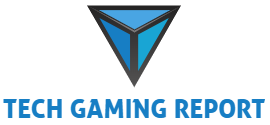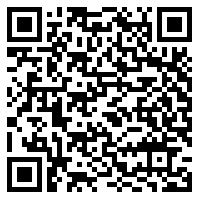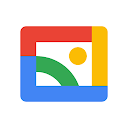
google photo platform google photos has enjoyed great popularity for many years and has become a quasi-standard for photo backup, especially on Android. But because Google has cut some profits, the alternatives are also becoming interesting, and why not stick with Google? The new” google gallery offers some benefits in a lightweight application.

Gallery apps are for sale on the Play Store and many smartphone manufacturers also come with their own apps that are pre-installed and set as default. Google Photos is now used as a gallery app on many smartphones, which is possible without any problems, but does not necessarily correspond to the basic concept of the app. The combination of media stored locally and in the cloud creates a confusion that is sometimes not so easy to see.
With Gallery Google offers an alternative way and an app that sits somewhere between the usual gallery apps and Google Photos: the app sorts photos into folders or displays them in reverse chronological order in an endless stream, just as you know it from Google Photos. . At the same time, there is an intelligent classification according to categories, which is carried out independently without user intervention. The app can be said to be simply a Google Photos cropped for cloud connection. That could also be the reason why now renamed and relocated become.
But it doesn’t end with categorization, because the app also features the powerful Google Photos search function and gives users the opportunity to search for objects, people, places and much more in photos. Of course, active facial recognition is required to search for people, which can be activated through settings.
So that the application can be used at an acceptable speed and does not bother the user with long waiting times, the automatic classification and image recognition index is always updated at night. This means that photos need up to 24 hours before they can be found using the search function or appear in automatically created albums. Of course, the smartphone must be on at night for this to work.
Anyone who appreciates these sorting features in Google Photos will quickly enjoy Google Gallery and be able to use the app intuitively. In any case, it is designed for quick use and therefore does not have an interface as (partly) overloaded and partly unstructured as the new Google Photos. Since the Gallery itself barely updates, nothing on the surface is likely to change anytime soon.
But not only the organization of the images has been borrowed from Google Photos, but also the options for editing the images: the usual editor is on board and offers the familiar tools. In it you will find options to crop or rotate photos, to adjust the color and also for automatic correction, quite enough for a gallery application. The main thing about Gallery is that the app is slim, both in terms of interface and storage space required on the smartphone. The APK is pleasantly small at around 10MB. It is difficult to include many more editing options and extras.
In the video below you can see the most important functions as well as the orientation and target group of the app in a quick overview. As you can see, the app has what it takes to become a standard tool, but it’s far from being as popular as its big brother. Theoretically, you only need one of the two apps, but if you want to cleanly separate local and cloud photos, you may want to use both apps side by side, without losing a huge range of features.
It’s long been hoped that Google would one day merge Gallery Go and Google Photos, but from today’s perspective, this probably won’t happen. Because the app just lost its “Go” abbreviation and would have like youtube go, can be adjusted. But you didn’t do that, you could do it as a slim gallery app next Place Google Photos. After all, the strong syncing is done through Play Services and not through the Google Photos apps.
Proximity to Google Photos
The app seems to attract users, because it currently has a good 4.2 stars on the Play Store, but only with an installation of just over 100 million devices. For a Google app that is actually in the main area, this is comparatively manageable. It may be because it was only regionally available at first and only later opened to all users and countries. Since the app didn’t really hit the media after the first announcement in July 2019, that’s easy to explain.
Just take a look at the app. To me, it’s an underrated Google app, probably just developing very slowly or not at all due to the comparatively small user base. It would be a shame if it were to be disconnected one day, because it brings a lot of things that are not possible with Google Photos due to the cloud connection.
Subscribe to GoogleWatchBlog on Google News | Subscribe to the GoogleWatchBlog newsletter

Introvert. Beer guru. Communicator. Travel fanatic. Web advocate. Certified alcohol geek. Tv buff. Subtly charming internet aficionado.



